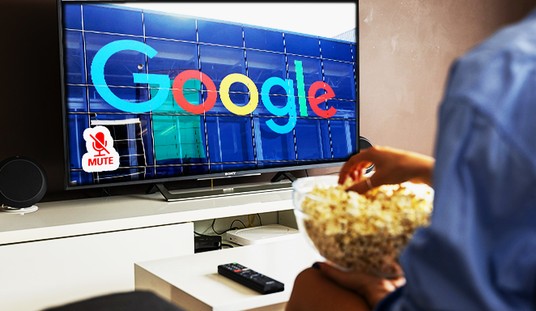At Reason, Peter Suderman writes, “With its new round of quantitative easing, the Fed enters uncharted territory.”
What could go wrong?

Err yeah, besides that of course. More Suderman:
If one were to predict potential policy-driven political squabbles, a dust-up about monetary policy between Federal Reserve Chairman Ben Bernanke and Sarah Palin—conducted partially via Facebook—would likely be pretty far down the list.
Nevertheless, it happened. Last week, Bernanke announced that the Federal Reserve would expand the money supply by $600 billion over the next six months through a policy of “quantitative easing”—essentially creating new money and using it to buy up Treasury bonds—or QE2. President Barack Obama supported the move, which is intended to lower interest rates and, as a result, prod investors to spend more money now, while borrowing is cheap. Palin responded by arguing that the policy wouldn’t increase lending, but might lead us into an inflationary spiral by flooding the market with extra dollars, thus devaluing the currency.
Not surprisingly, Palin got crucial details wrong. And no doubt she was motivated as much by political opposition to the president as a conviction about the proper role of the Fed. But Bernanke’s new policy is risky and untested—and has already sparked legitimate inflationary fears at home and abroad.
One simplified way to describe how this round of quantitative easing will work is this: The Fed doles out $600 billion in made-up money to the world’s biggest banks, who make a tidy profit on the sale and then split that profit up into bonuses. As Reuters financial blogger Felix Salmon writes, “We’re not exactly helping the unemployed here.”
The actual process is slightly more complicated, but not much more appealing. Once the members of the Federal Open Market Committee vote to buy additional bonds, the Fed schedules a series of sales, and notifies the banks on its list of primary dealers—18 very large banks. Those banks then buy up bonds with the intention of selling them at higher rates to the Fed. And then when the scheduled sales come around, they trade their store of bonds for money that the Fed has newly created, as The Washington Post explained, “essentially out of thin air.” Interest rates go down. Inflation goes up. Investors, knowing that money is cheap now and might not be worth as much later, start to spend. The economy gets back in gear.
At least that’s the idea. It’s not the first time the Fed has pursued the QE strategy (hence QE2), and the first go-round wasn’t an obvious success. When the financial crisis first landed, the Fed pumped $1.7 trillion into the system, yet failed to lift the economy out of its sluggish state. By the time this round of quantitative easing ends, the Fed will have added almost $3 trillion to the money supply—and that’s if it quits with $600 billion. The Fed’s first round was originally supposed to total just $1 trillion; the second round could easily expand beyond the initial plan as well.
Or if you’d like a quick explanation in video form, these cute little digital critters are CNBC-approved:
[youtube PTUY16CkS-k]









Join the conversation as a VIP Member